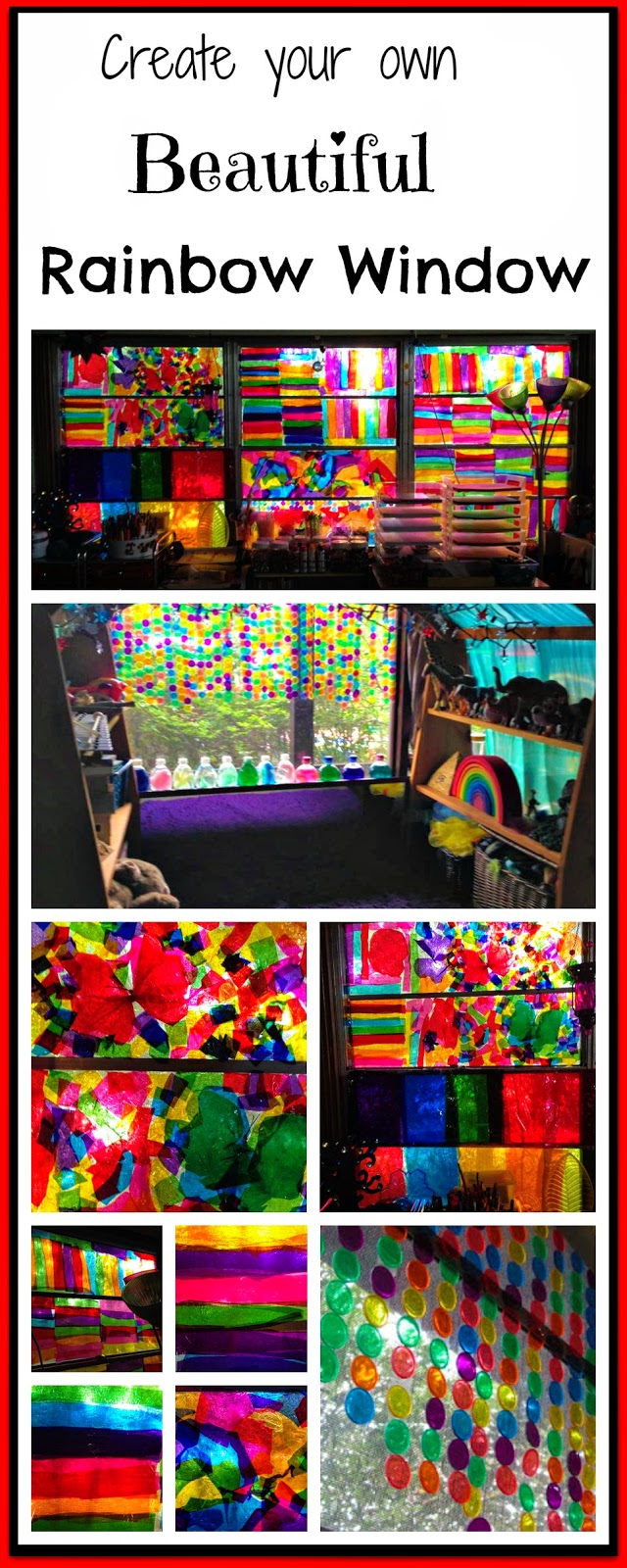I feel the need to put a disclaimer about these posts: there is no one right way of doing things. I am in no way suggesting that this is what every teacher should do in their classrooms. This is for multiple reasons! Every school is different. Every teacher is different. Every classroom is different. Every student is different. All of these will influence how you need to set up your classroom.
The purpose of these posts is to promote ideas for what teachers can or may like to use in their classrooms. With that being said, here is some food for thought regarding classroom setup...
Once you get a look at the shape of your classroom (and boy are there some interesting shaped rooms out there) and what furniture you have, try to sketch out a mud map of how you'd like your room to look.
 When coming up with your mud map, you need to consider how your students will be seated. Today some classrooms use flexible seating. If you choose to adopt this strategy, you will need to carefully plan out where your seating options will be around your classroom. If your room will include student tables or desks, this is also something that needs to be thought out very carefully.
When coming up with your mud map, you need to consider how your students will be seated. Today some classrooms use flexible seating. If you choose to adopt this strategy, you will need to carefully plan out where your seating options will be around your classroom. If your room will include student tables or desks, this is also something that needs to be thought out very carefully.
Can we access emergency exits?
Do my students need to be facing a whiteboard?
(In the early years of schooling, this is very important for developing left-to-right direction for handwriting and letter formation)
Can students and teachers easily move between tables/seating areas?
Will the sun be hitting the desks and cause distractions?
There are endless factors to consider.
All you need to do is Google 'Classroom setup ideas' and thousands of photos of classrooms all around the world pop up. Below are some links to some possible desk arrangements:
For the older classrooms, 'Teacher, Teacher, I declare!' uses the following system with sticky notes:
 Below is a great read about setting up a classroom for students with ADD/ADHD
Below is a great read about setting up a classroom for students with ADD/ADHD

Some classrooms will be a part of a large building and may not have many windows to consider. Others may feel like fish bowls, for every passing person to gaze in.
Different schools may have certain expectations or rules around windows. For example, some schools allow teachers to paint their windows to stop little ones being distracted from outside factors. On the other hand, there are schools that do not allow anything to be covering windows at all. Make sure you seek advice from your school administration before deciding what you're going to do.
If you choose to go down the cover-up road, here are some ideas from other teachers:
Something I've learnt over my teaching career so far is that a lot of the time 'less is more'.
Yes, it is exciting to find beautiful posters that fit exactly with what you are teaching. However, they do not need to all be on display at once from the very beginning of the year.
My displays are now these (keep in mind I am in an early years classroom):
Alphabet charts
Number charts
Birthday display
Handwriting charts
Visual timetable
Classroom rules
Yep. That's it. That is all that goes up on my classroom walls from Day 1 and stays the entire year. Almost everything else only goes up when I teach it. This makes the posters or charts more meaningful to the children. When I teach letters and sounds, we create the posters together and then hang them for future reference. When I teach reading strategies, we introduce a strategy at a time and then hang that poster up - one at a time. Otherwise it is information overload for the little ones and has little meaning to some.
Like I said, just some food for thought 😀
Here are my go-to student labels for an early-years classroom:
Name tags
(for Kinder/Prep/Foundation/Reception and sometimes Year 1/First grade)
Desk plates
(above Prep)
Tidy Tray labels
(for extra school equipment, if this is how your school sorts these things)
Class names window display
(fitting with theme)
Bag rack labels
(for the younger ones)
Some teachers like to prep name labels for classroom jobs or behaviour charts, too. Again, not every teacher will want or need these.
Last, but most definitely not least, please, please, please prioritise your 'to-do' lists!
If you're anything like me, you think of things you want done for your classroom, write them down on your lists and then have this overwhelming urge to get absolutely everything on that list done immediately.
Real talk: you don't need to and you will end up draining yourself of energy!
Don't worry about what you see others doing for their classrooms on social media. Prepare what you need to get done first and then work on that 'to-do' list.
For example, those awesome addition games can wait to be made/purchased. They don't need to be done for Day 1.
Your Week 1 plan? YES! Do that! That is a high priority!
Something I learnt from my wonderful father is to write my list of everything I want to get done and then number them in priority of what needs to be done first. This keeps me on track and stops me from doing things that I want to do before things I need to do.
I'd love to hear how some of you are going with your preparations!











































